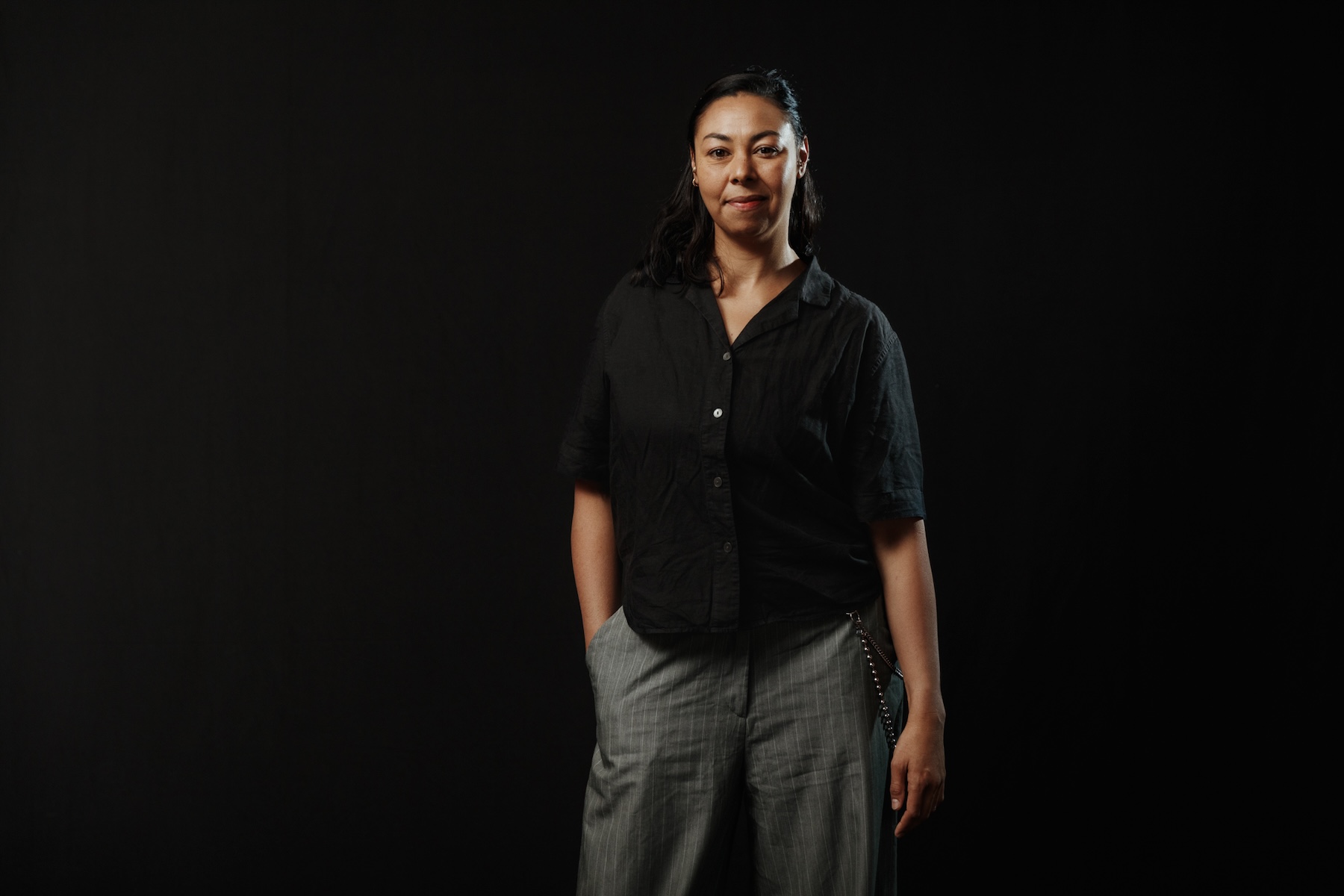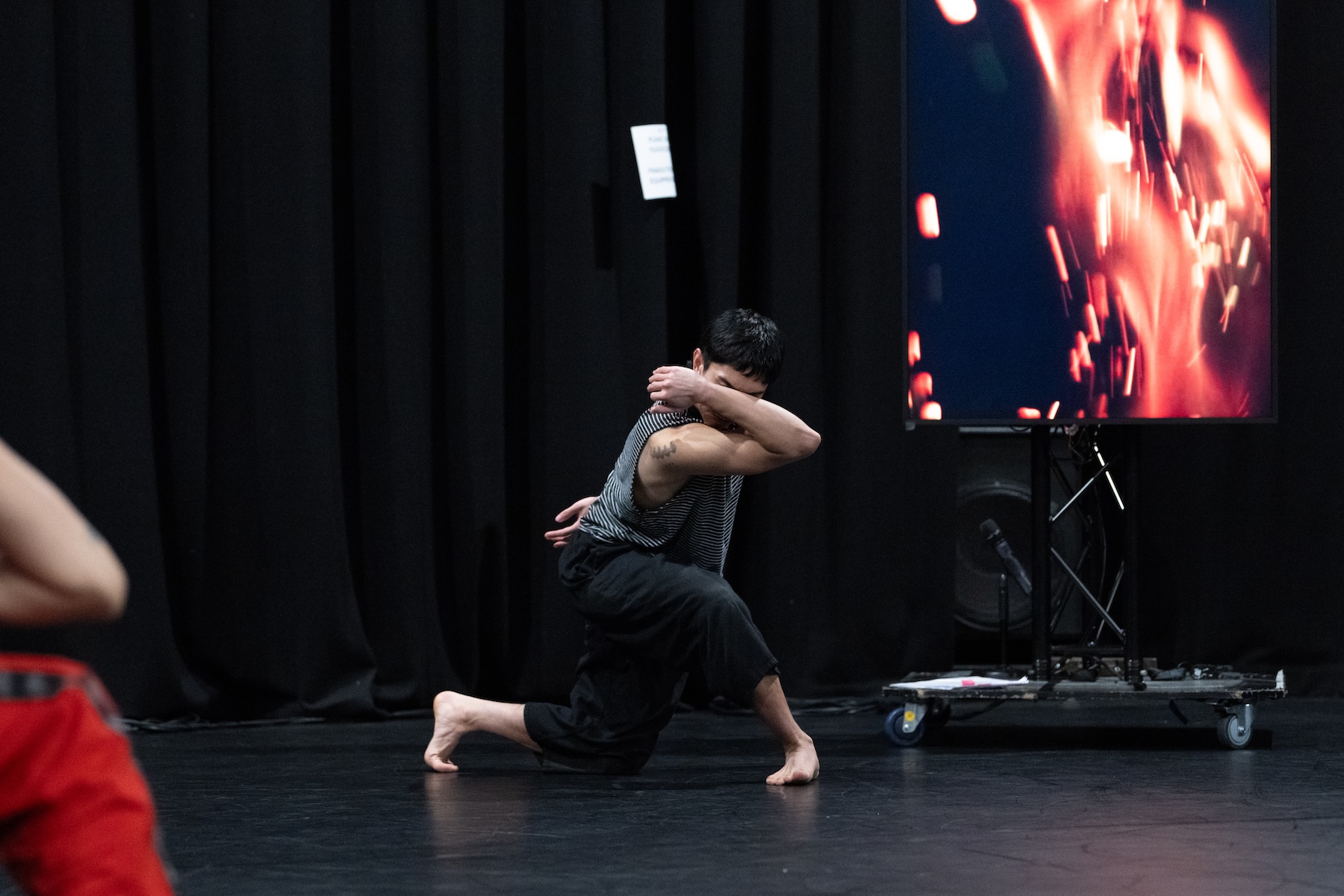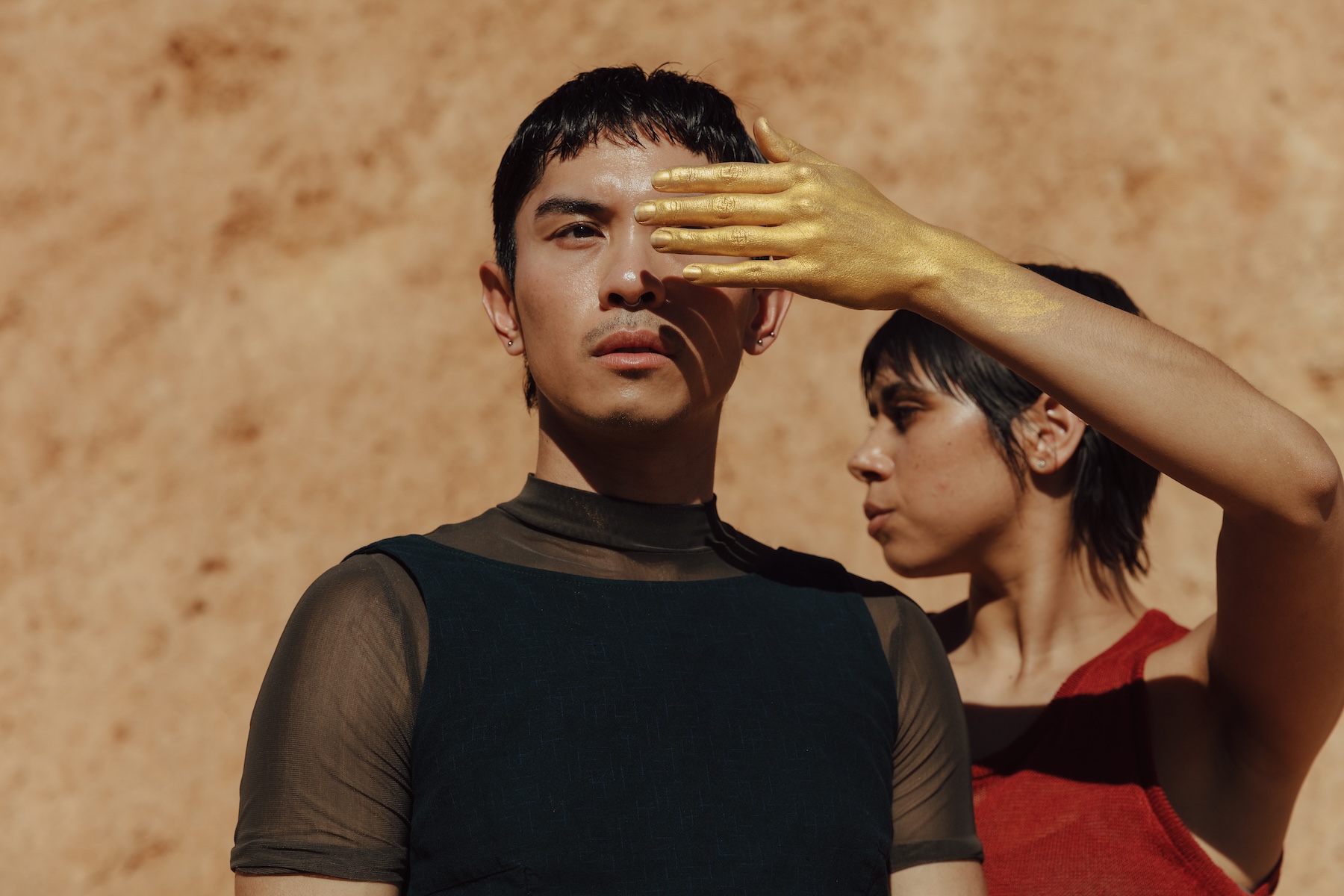‘We’ve had these relationships for hundreds of years’: Two Blood weaves ancestral history into essential Australian storytelling
Tagalaka dancer and choreographer Jasmin Sheppard reflects on the unearthing of family archives, the revival of language, and the magic of collaboration and dance ahead of the world premiere of Two Blood.

Leafing through fragmentary records from the 1800s, an image of Jasmin Sheppard’s great grandparents began to emerge: a Tagalaka woman and a Chinese migrant seeking gold in Northern Queensland.
This discovery would inform the story of Two Blood, a work that sees Sheppard tie explosive physicality with unwavering truth-telling of First Nations stories, national identity, and belonging. As story advisor and co-choreographer, it was essential to represent her lineage and Australian history in an honest way.
“It has been driven and drawn from my family’s history and cultural history,” Sheppard tells InReview.
“There was a lot of dreaming into what might have been, so we don’t know a lot about my great grandparents and the realities of their everyday. What we do know is that there’s a very strong connection between Cantonese people and Tagalaka people in the region.”

“Chinese migrants were living under the White Australia policy, so they were also subject to a lot of the same racist policies that Aboriginal people were subjected to. Within this environment of oppression, we can see that it was natural for migrants and First Peoples to find connection and to find ways to help each other.”
You might like
Sheppard and S. Shakthidharan, co-creator of Two Blood and writer of the celebrated Counting and Cracking, were sitting at his kitchen table when they decided to pursue this project together.
“I was having a conversation with him about this new information that I found out about my ancestors. He said, ‘Oh, this is just incredible. We should do a work about this’,” she recalls.
“We’ve been wanting to create something together for quite some time. He started working on the script, and I worked with him closely on elements of the story regarding Tagalaka Country, the community, the history, and the socio-political context of the area. We started to draw those things out and he worked his beautiful magic into this narrative.”
An earlier iteration of the production titled 宿(stay) premiered at Sydney Festival in 2022, but the development was “thwarted” by the pandemic.
“We just didn’t give it the love it really needed,’ she explains “We knew that we wanted dance to be more of a core element.”
“This is a brand new iteration of its original form. 宿(stay) felt like an ancestor of this work in some way. It needed a new name, a new identity, so that people could connect with the work in a fresh way,” Sheppard says.
Subscribe for updates

In association with Kurinji, the work was picked up by Daniel Riley, artistic director of Australian Dance Theatre, eventuating into its upcoming debut in the OzAsia Festival program.
“This feels like Australian Dance Theatre in its very pure form; stories of migration to this country, First Peoples’ stories, all of these things felt like poignant work to bring into the ADT repertoire.”
“Migrants are a core part of our history, so sharing this work at OzAsia feels really special. It feels like we are able to really take our place and shine a light on the fact that this is not new. We’ve had these relationships for hundreds of years.”
The original piece has been reworked to consider the dancers’ respective cultures and linguistic backgrounds. Two Blood marries languages such as Tagalog, English and Cantonese to deliver a unique audience experience.
"It feels like we are able to really take our place and shine a light on the fact that this is not new. We’ve had these relationships for hundreds of years."
“In reimagining this work with this incredible group of dancers, we’ve invited them all to connect with their own ancestry, and map their own family’s journeys of migration to this land. We’ve invited all of the dancers to speak in the language of their ancestors.”
“I truly love a collaboration. I love the process of everybody being able to bring their strengths to create the best piece of art that we can create, and make it shine in the best way.”

“It’s important to not always tell a story in English,” Sheppard reflects “The beautiful part about dance and other languages is that it really asks audiences to access a different part of themselves when witnessing the work.”
While Two Blood has picked up the thread from 宿(stay), Sheppard says this is a story and a work that will continue to evolve.
“The Tagalaka community is in the very early stages of revitalising our language. We are still on our journey, and I look forward to being able to share more Tagalaka in the script in further years when it tours.”
Two Blood opens Tuesday October 28 at The Odeon Theatre, continuing until November 5 as part of OzAsia Festival and Tarnanthi Festival.

